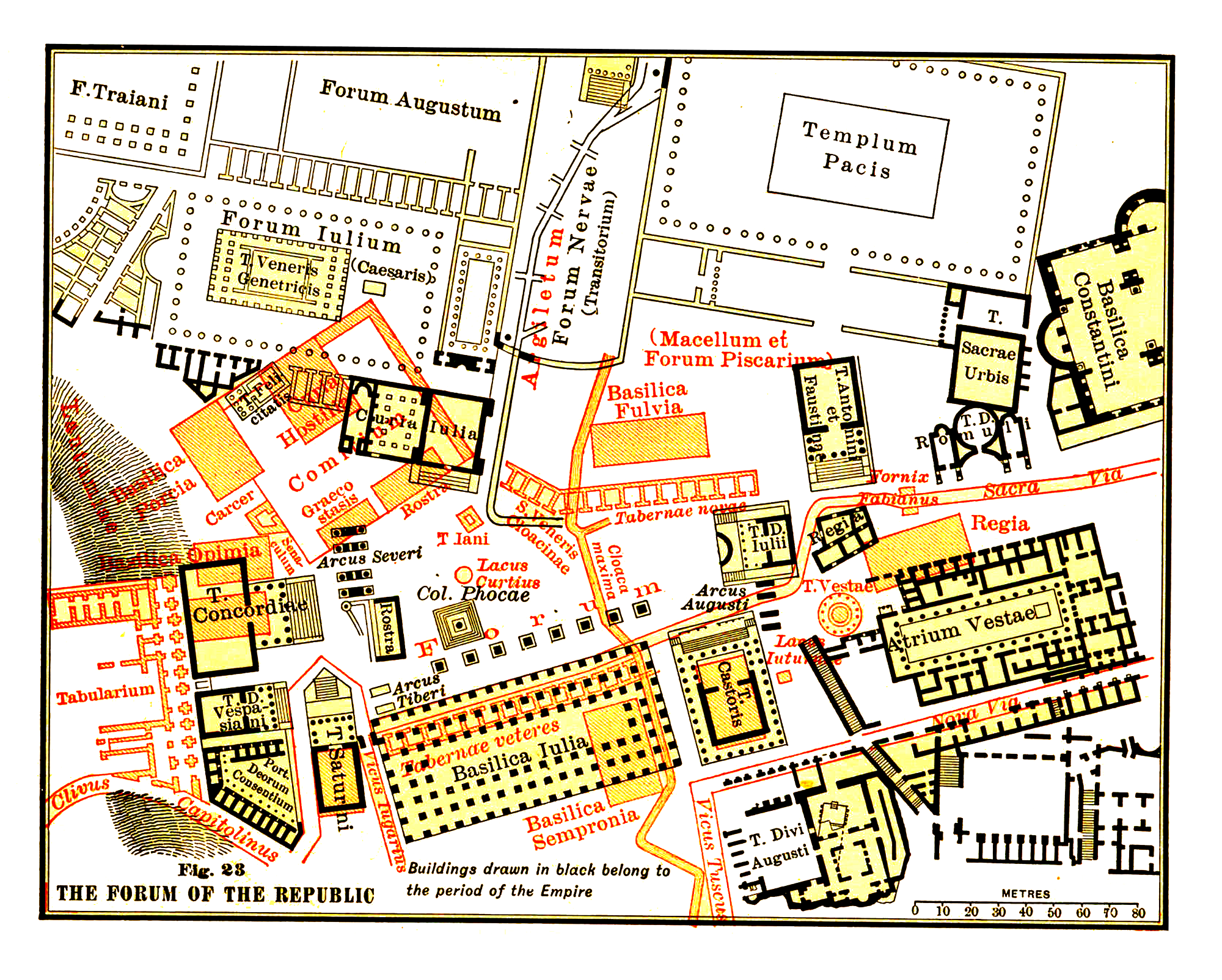Sigfried Giedion, “The Heart of the City: A Summing Up,” in The Heart of the City: Towards the Humanisation of Urban Life, eds. Jaqueline Tyrwhitt, José Luis Sert, and Ernesto Rogers (London: Lund Humphries, 1952), 159–63, here: 162. See also Konstanze Sylva Domhardt, The Heart of the City: Die Stadt in den transatlantischen Debatten der CIAM 1933–1951 (Zurich: gta Verlag, 2012).
See Sigfried Giedion, “Historical Background to the Core,” in The Heart of the City (see n. 1), 17–25.
See Otto Gerhard Oexle, “Krise des Historismus – Krise der Wirklichkeit: Eine Problemgeschichte der Moderne,” in Krise des Historismus – Krise der Wirklichkeit: Wissenschaft, Kunst und Literatur 1880–1932, ed. Otto Gerhard Oexle (Göttingen: Vandenhoeck & Ruprecht, 2007), 11–116. See also, from a different perspective, namely that of cathedral research, Christian Nille, Kathedrale – Kunstgeschichte – Kulturwissenschaft: Ansätze zu einer produktiven Problemgeschichte architekturhistorischer Deutungen (Frankfurt am Main: Peter Lang, 2016).
For an overview, see also Claudia Hattendorff, “Französische Malerei 1760–1830: Klassizismus, Revolutionsbilder, Romantik,” Kunsthistorische Arbeitsblätter 4 (2006): 17–30, here: 20–21.
See Oexle, “Krise des Historismus” (see n. 7).
Questions like these are part of my habilitation project at the HU Berlin. The work, which is nearing completion, is on “Das Forum – nur eine Idee? Versuch einer Problemgeschichte aus kunst- und architekturhistorischer Perspektive (15.-21.Jh.).” See also the editors of Classics in the Modern World: A Democratic Turn? (2013).
Adrian Forty’s Words and Buildings: A Vocabulary of Modern Architecture (Thames & Hudson, 2000) is one example of a work that employs such a methodology.
On Durand, see Werner Szambien, Jean-Nicolas-Louis Durand 1760–1834: De l’imitation à la norme (Paris: Picard, 1984) and, more generally, Klaus Jan Philipp, “Mittelalterliche Architektur in den illustrierten ‘Architekturgeschichten’ des 18. und frühen 19. Jahrhunderts,” in Visualisierung und Imagination, vol. 2, eds. Regine Abegg, Bernd Carqué, and Daniela Mondini (Göttingen: Wallstein, 2006), 379–416.
See also Andreas Beyer, Matteo Burioni, and Johannes Grave, eds., Das Auge der Architektur: Zur Frage der Bildlichkeit in der Baukunst (Munich: Fink, 2011); Andrew Leach, John MacArthur, and Marteen Delbeke, eds., The Baroque in Architectural Culture 1880–1980 (Farnham: Ashgate, 2015).
See Brigitte Sölch, “Bild – Architektur – Bewegung: Transfer und motivische Verankerung der Architekturmedaille im Rom des frühen Settecento,” in Transformationen Roms in der Vormoderne, eds. Volker Leppin and Christoph Mauntel (forthcoming).
See Else Padtberg, Die Beurteilung der Barock-Architektur: Ein Beitrag zur Geschichte der kunstgeschichtlichen Methode (Westfälische Wilhelms-Universität zu Münster, 1927).
Theoretikerinnen des Städtebaus: Texte und Projekte für die Stadt, eds. Katia Frey and Elenia Perotti (Reimer Verlag, 2015).
See also Bernard Rudofsky, Architecture without Architects: A Short Introduction to Non-pedigreed Architecture (New York: Doubleday, 1964).
See, among others, Dörte Kuhlmann, Raum, Macht & Differenz: Genderstudien in der Architektur (Vienna: Selene, 2003); Lucienne Thys-Şenocak, Ottoman Women Builders: The Architectural Patronage of Hadice Turhan Sultan (Aldershot: Ashgate, 2006); Sabine Frommel and Juliette Dumas, eds., Bâtir au féminin? Traditions et stratégies en Europe et dans l’Empire ottoman (Paris: Picard, 2013). Tanis Hinchcliffe, “Women and the Practice of Architecture in Eighteenth-Century France,” in Architecture and the Politics of Gender in Early Modern Europe, ed. Helen Hills (Aldershot: Ashgate, 2003), 83–96. See also Ilaria Hoppe, “Plautilla Bricci, die erste Architektin: Zum Verhältnis von Architektur und Geschlecht im römischen Seicento,” in Frauen und Päpste: Zur Konstruktion von Weiblichkeit in Kunst und Urbanistik des römischen Seicento, eds. Eckhard Leuschner and Iris Wenderholm (Berlin: De Gruyter, 2016), 171–85.
Kai Vöckler, for instance, Die Architektur der Abwesenheit oder die Kunst, eine Ruine zu bauen convincingly shows how inspiring the analysis of fragments and ruins can be when diachronous perspectives on the dialogue of art and architecture are developed. See also Brigitte Sölch and Erik Wegerhoff, “Fusion Architecture from the Middle Ages to the Present Day: Incorporation, Confrontation or Integration?” in Proceedings of the EAHN Second International Meeting, Brussels, 2012, 178–81.
The question still stands as to how the experience of images of architectural destruction has a retroactive effect on our perception of the built environment. See also Susanne H. Kolter, Die gestörte Form: Zur Tradition und Bedeutung eines architektonischen Topos (Weimar: VDG, 2002).
From a historical perspective, it would thus be desirable to have a companion piece to the impressive Schwellenatlas published by arch+ in 2009, which focused on modernism and the contemporary period. Even studies on pictorial phenomena like Tina Bawden’s work Schwelle im Mittelalter: Bildmotiv und Bildort (2014) could be an important methodological accompaniment, because this topic is also relevant for the city, and the façade plays a key role as an interface between interior and exterior—an issue that was also examined by Peter Stephan in his study on “the forgotten space” (Der vergessene Raum) and the “third dimension in architecture.”
See Ulrich Schütte, “Stadttor und Hausschwelle: Zur rituellen Bedeutung architektonischer Grenzen in der Frühen Neuzeit,” in Die Grenze: Begriff und Inszenierung, ed. Markus Bauer (Berlin: Akademie, 1997), 159–76, here: 164–67.
See Jean-Pierre Chupin, Analogie et théorie en architecture: De la vie, de la ville et de la conception, même (Gollion: Infolio, 2010).
See Bruno Reudenbach, “Die Gemeinschaft als Körper und Gebäude: Francesco di Giorgios Stadttheorie und die Visualisierung von Sozialmetaphern im Mittelalter,” in Gepeinigt, begehrt, vergessen, eds. Klaus Schreiner and Norbert Schnitzler (Munich: Fink, 1991), 171–98.
See Christopher Long, “The House as Path and Place: Spatial Planning in Josef Frank’s Villa Beer 1928–1930,” Journal of the Society of Architectural Historians 59 (2000): 478–501, here: 491.
See Vibhuti Chakrabarti, Indian Architectural Theory and Practice: Contemporary Uses of Vastu Vidya (Richmond: Curzon, 1998), xx.
See also Dietrich Erben, “Zur Architektur der Frühen Neuzeit aus der Sicht der historischen Anthropologie,” in Bauen als Kunst und historische Praxis: Architektur und Stadtraum im Gespräch zwischen Kunstgeschichte und Geschichtswissenschaft, vol. 2, eds. Stefan Schweizer and Jörg Stabenow (Göttingen: Wallstein, 2006), 461–92.
History/Theory is a collaboration between the Institute for the History and Theory of Architecture (gta), ETH Zurich and e-flux Architecture.
